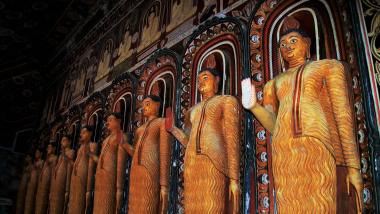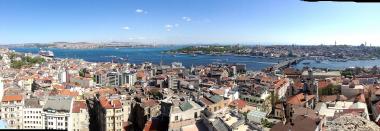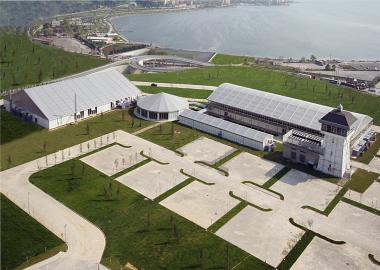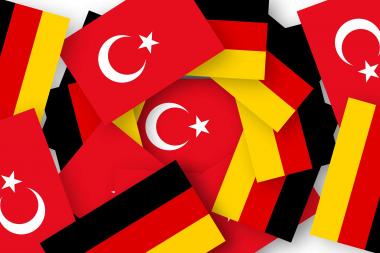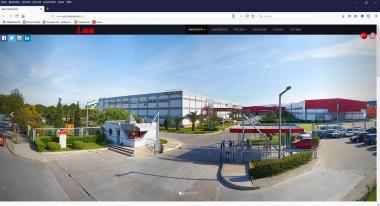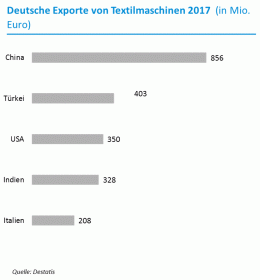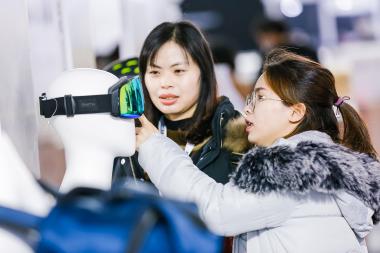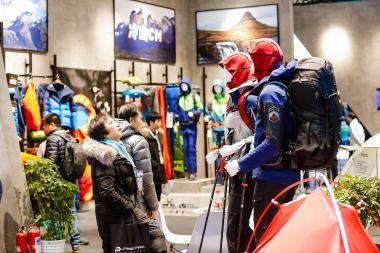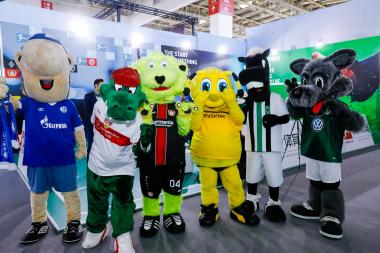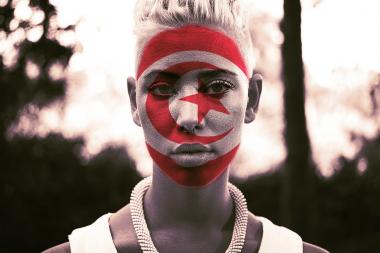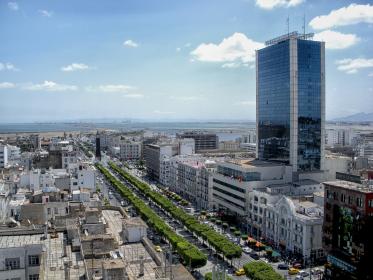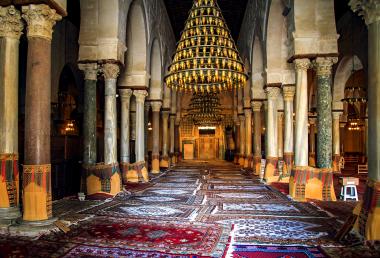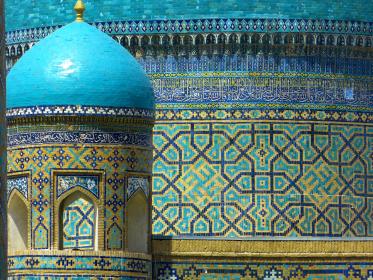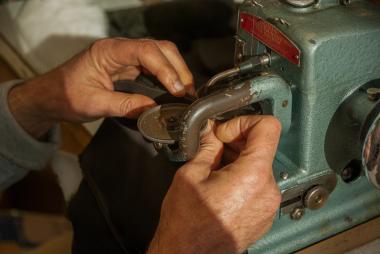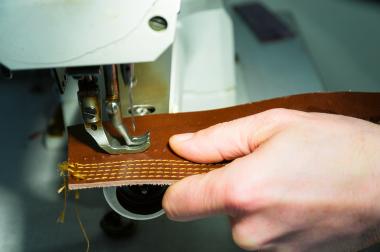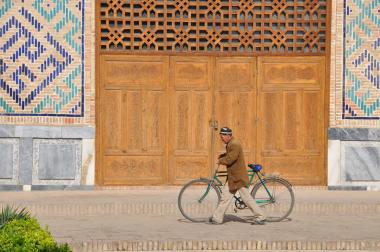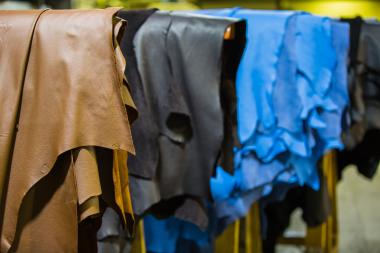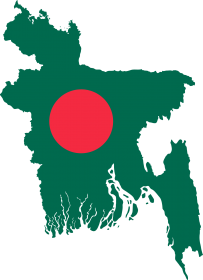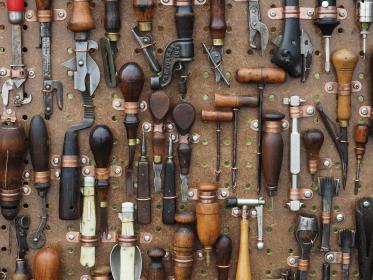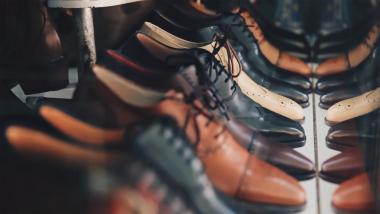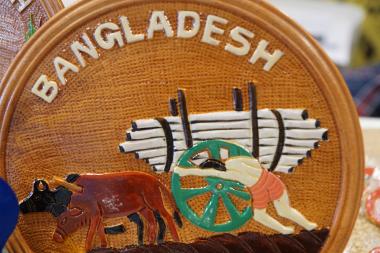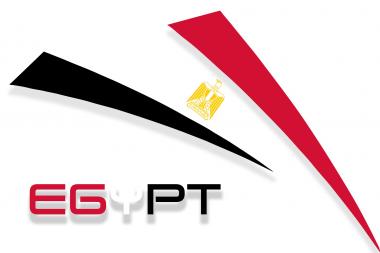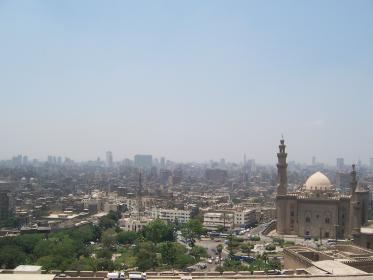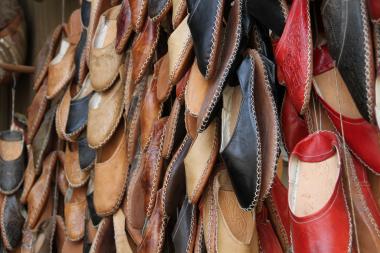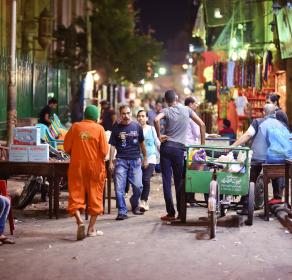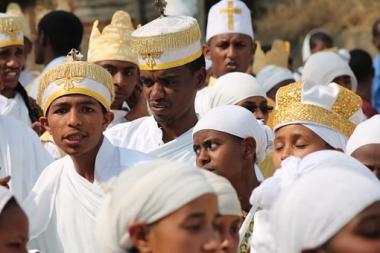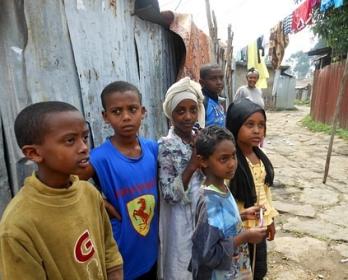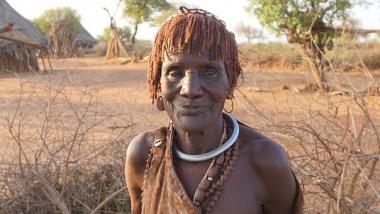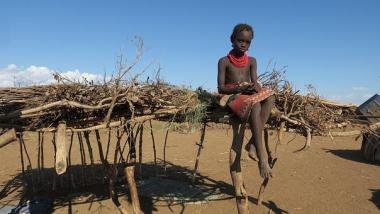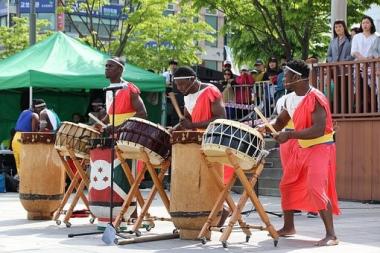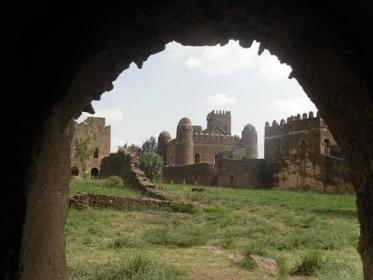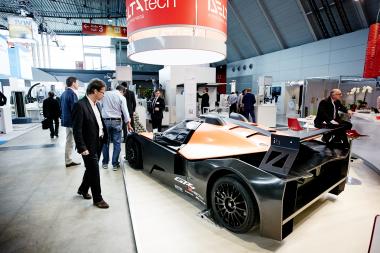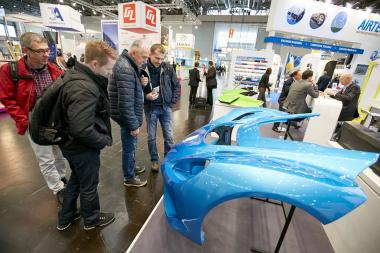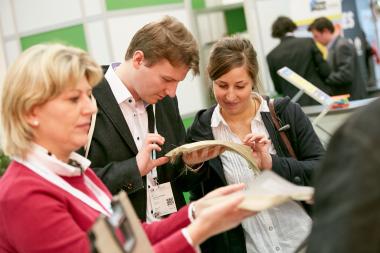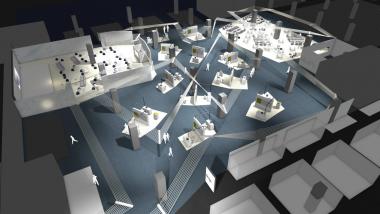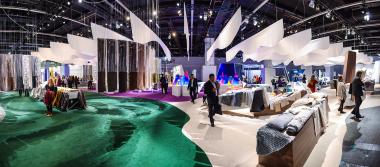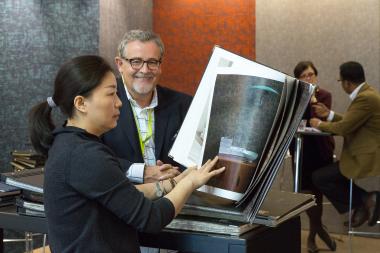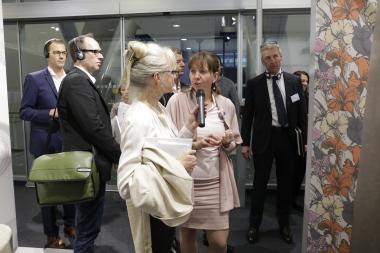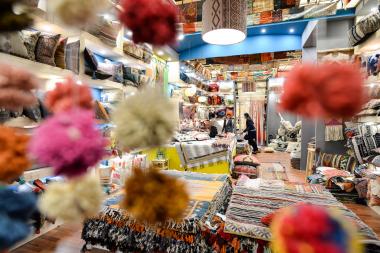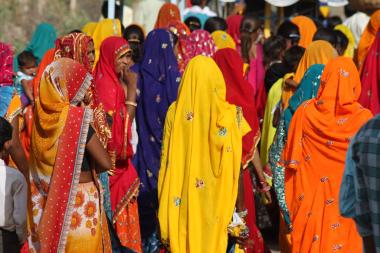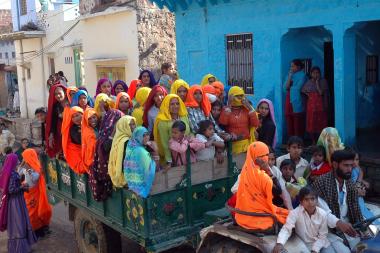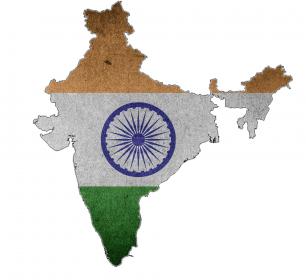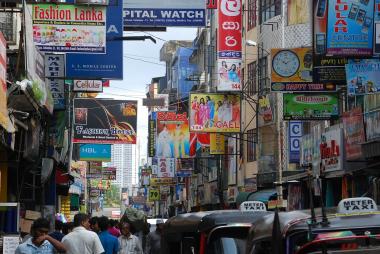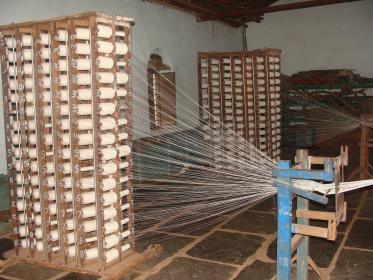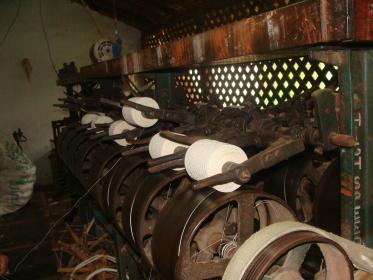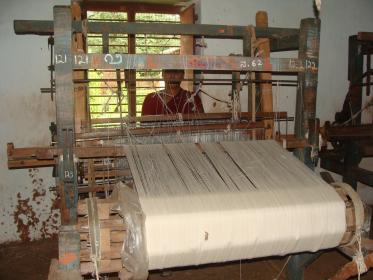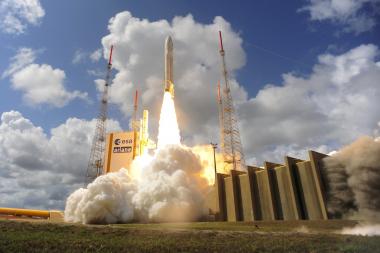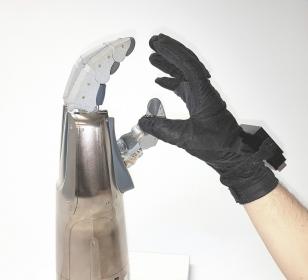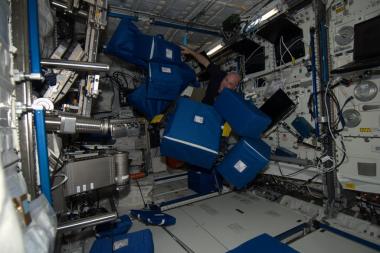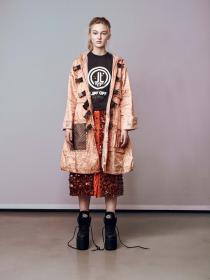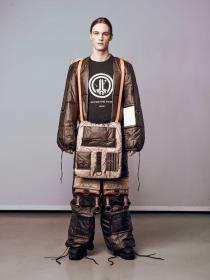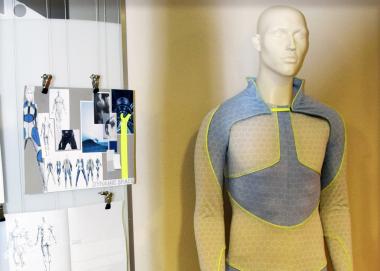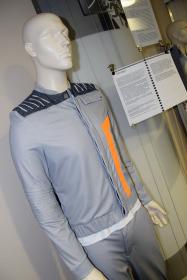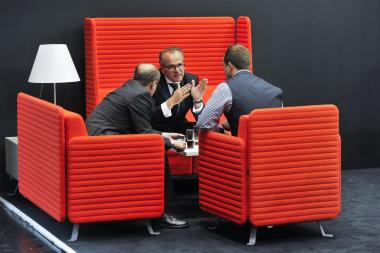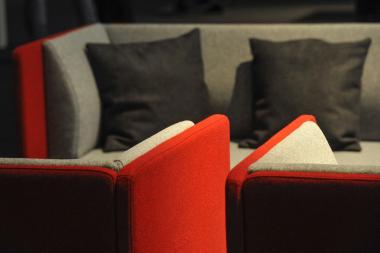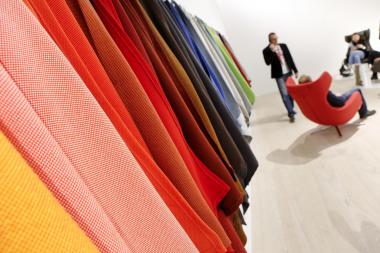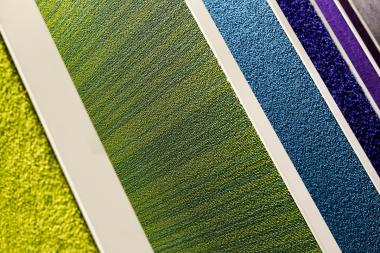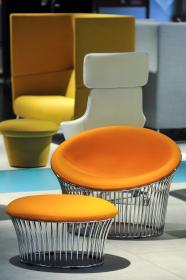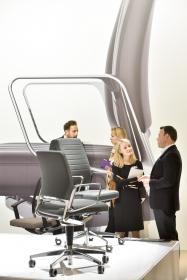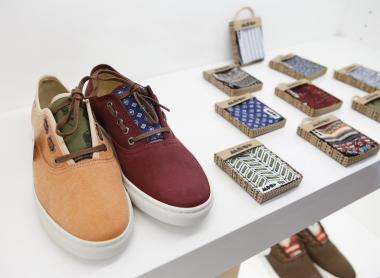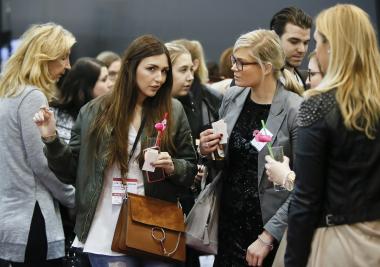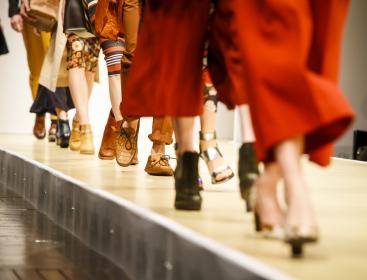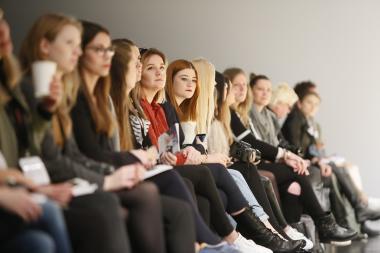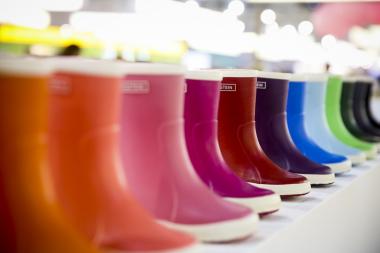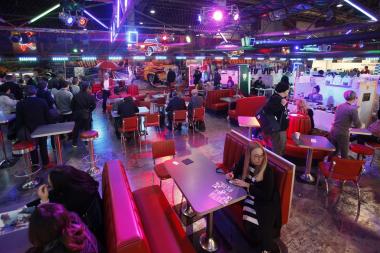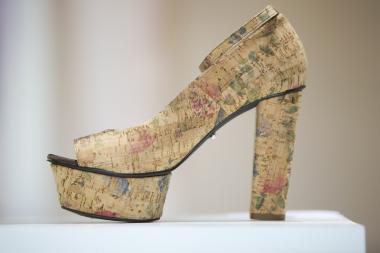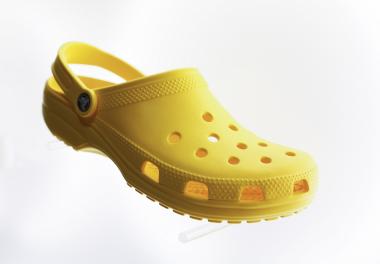SRI LANKA'S APPAREL AND TEXTILE EXPORTS RECEIVE A BOOST
- Modernization of production facilities required
Thanks to the reactivated GSP import status of the European Union, Sri Lanka's textile and clothing industry is looking to the future with confidence and expects better sales opportunities abroad.
The textile and clothing industry is of macroeconomic importance for Sri Lanka. The sector accounted for almost 43 per cent of the country's total exports in 2018 and provides employment for nearly 350,000 workers in the formal sector and about twice as many in the informal sector. In total, this is about 33 percent of all jobs in the manufacturing industry. The majority of employees are women.
The textile and clothing industry contribute around 6 percent to the gross domestic product (GDP). "In view of the development of other sectors, it is very unlikely that another industry will reach this level of performance in the short to medium term," Jeevani Siriwardena, head of the Export Development Board (EDB), said in an interview with Germany Trade and Invest. The textile and clothing industry will continue to be an important sector for the Sri Lankan economy.
Short to medium-term prospects are good
On May 18th 2017, the European Union (EU) reactivated the Generalized Scheme of Preferences Plus (GSP+) status for Sri Lanka after a seven-year time-out. This means that when goods are exported to the EU, the island state is exempted from customs duties on more than 66 percent of customs tariff lines. "Without GSP status, Sri Lanka's export losses are said to have cost around 32 billion between 2010 and 2017," stressed Ravindi Ranaraja, Deputy Head of the Export Service Division of EDB, in a GTAI interview. In particular, the strongly export-oriented clothing and textile industry will benefit from the regained GSP status. Sri Lanka's textile and clothing industry is looking to the future with confidence and also expects better sales opportunities abroad.
| HS-Code | Definition |
EU |
Change |
Germany *) | Change |
| 61 | Articles of apparel and clothing accessories, knitted or crocheted | 1,177 | 0.7 | 232.55 | 9.6 |
| 62 | Garments and clothing accessories, not knitted or crocheted | 874 | 7.6 | 151.59 | 18.1 |
| 63 | Other made-up textile articles; sets worn clothing and used textile articles | 52 | 18.2 | 7.8 | 13.5 |
| Total | 2,103 | 3.9 | 391.92 | 12.8 |
*) Estimation
Sources: Sri Lanka Apparel Exporters Association; press releases; calculations by Germany Trade & Invest; Destatis, February 2019
Positive impulses are already visible. According to the latest foreign trade figures available, Sri Lanka was able to increase its total exports of textiles and clothing (HS codes 61, 62 and 63) by almost 4.8 percent to approximately USD 5 billion in 2018. Exports to the EU increased by 3.9 percent to USD 2.1 billion. Exports to Germany were able to recover a plus of 12.8 percent.
It is not yet certain that Sri Lanka will be able to make up for the losses of the past. In the meantime, countries such as Bangladesh, India and Pakistan, which have already enjoyed tariff concessions in foreign trade with the EU for the entire current decade, have passed by the island state. Bangladesh in particular, recorded a strong increase in its clothing and textile exports compared with Sri Lanka..
| Country | In USD million 1) |
| China | 172.4 |
| Vietnam | 36.0 |
| Bangladesh | 32.9 |
| India | 20.9 |
| Indonesia 2) | 14.0 |
1) Estimation; 2) Forecast
Sources: Press Releases; Calculations Germany Trade & Invest, February 2019
Sri Lanka focuses on higher quality products
Numerous domestic textile producers are switching to the production of higher-quality garments in order to maintain their competitiveness. "In Sri Lanka, the focus is not on mass but rather on higher quality products," confirmed M. Raghuram, Chief Executive Officer of Brandix, one of the country's largest clothing companies, in an interview with GTAI. The island state concentrates on the production of just a few product categories such as underwear, sportswear or lounge wear..
Sri Lanka has become a location for the manufacture of high-quality garments. This is also confirmed by the World Bank. In its 2016 study "Stitches to Riches" (website), it found that Sri Lanka outperformed its competitors India, Pakistan and Bangladesh in terms of quality, delivery times, reliability and sustainable social responsibility.
Sri Lanka serves fastidious international companies such as Victoria Secrets, GAP, Nike or Marks and Spencer. According to expert estimates, the production of the top 10 Sri Lankan textile and clothing companies accounts for around 85 percent of the industry's total exports.
The ambitious goal is to increase the garment industry's export revenues to USD 8 billion by 2025, which will require an annual growth of 6 percent. For this Sri Lanka must improve capacity, technology and resource problems. "It is becoming more and more difficult to find suitable personnel. For many young people working in the garment and textile industry in Sri Lanka is simply unattractive”, Nilanthi Sivapragasam, Chief Financial Officer of the conglomerate Aitkence Spence, told GTAI. The training of the workforce is also a major challenge. "Training new employees is very time-consuming and labor-intensive," confirms Sivapragasam.
Imports of German machinery decline
In addition, Sri Lanka's textile companies must modernize their machinery and expand their capacities in order to further increase productivity and added value. Accordingly, there is a great demand for technically sophisticated textile machines in the country. This offers good opportunities and chances for machine suppliers. According to experts, the demand for textile printing and dyeing machines, stenter frames and finishing technology will develop particularly dynamically in the future.
In Sri Lanka itself only relatively simple machines are being produced. High-end technology is mainly imported. China is the most important supplier of textile machinery, accounting for about one third of all imports. India has also been able to significantly increase its machine exports to Sri Lanka in recent years. In 2017, India achieved exports of USD 6.3 million, an increase of 46.7 percent, compared with exports of USD 2.6 million in 2010.
German machine exports suffered enormous losses. Sri Lanka's imports of textile machinery from Germany amounted to USD 16.5 million in 2017, a decrease of 54.2 percent. Over the past years, Germany has lost share of its deliveries. According to industry experts, this trend will continue: Made in Germany stands for quality and continues to be very popular in Sri Lanka; however, German machine manufacturers are often unable to keep up with the low-cost products from China or India.
| Country | 2016 | 2017 | Change |
| China | 56.3 | 51.8 | -8.0 |
| Japan | 26.6 | 18.3 | -31.1 |
| Germany | 36.0 | 16.5 | -54.2 |
| Singapore | 13.6 | 14.5 | -6.8 |
| India | 4.3 | 6.3 | 46.7 |
| Total | 192.8 | 155.3 | -19.5 |
Source: UN Comtrade, March 2019
| Title | Internet address | Remark |
| Germany Trade & Invest | http://www.gtai.de/srilanka | Foreign trade information for the German export industry |
| AHK Sri Lanka | http://www.srilanka.ahk.de | Contact point for German companies |
| Sri Lanka Export Development Board | http://www.srilankabusiness.com/edb | State organization responsible for the development and promotion of exports in Sri Lanka. |
Sri Lanka
Heena Nazir, Germany Trade & Invest www.gtai.de


